
Madagascar periwinkle media Encyclopedia of Life
Noteworthy Characteristics. Catharanthus roseus, commonly called periwinkle, Madagascar periwinkle or annual vinca, is an erect to spreading tender perennial in the dogbane family typically mounding 6-18" (less frequently to 24") tall and as wide.It produces attractive bushy foliage that is covered by an often profuse bloom of phlox-like flowers from summer to frost.
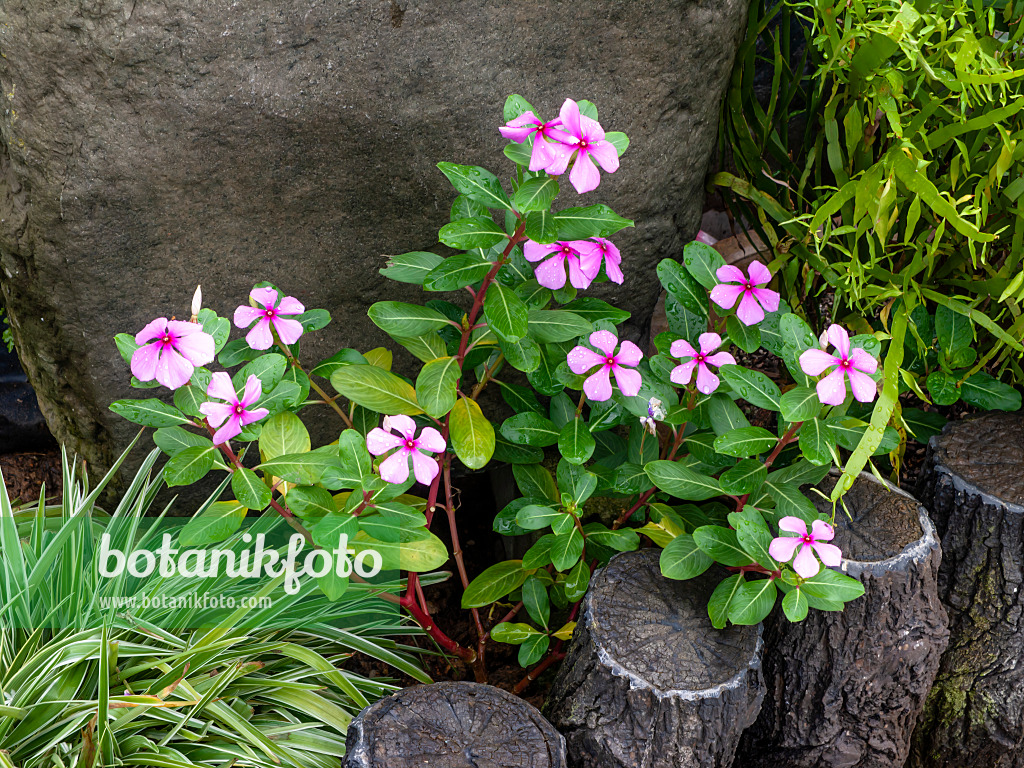
Image Madagascar periwinkle (Catharanthus roseus) 455408 Images of
Genus: Catharanthus This genus contains small annual or perennial herbs native to Madagascar, that were formerly included in the genus Vinca. *Photo above: Courtesy of Forest & Kim Starr, biolib.cz Species: Catharanthus roseus The species C. roseus had an earlier scientific name of Vinca rosea.
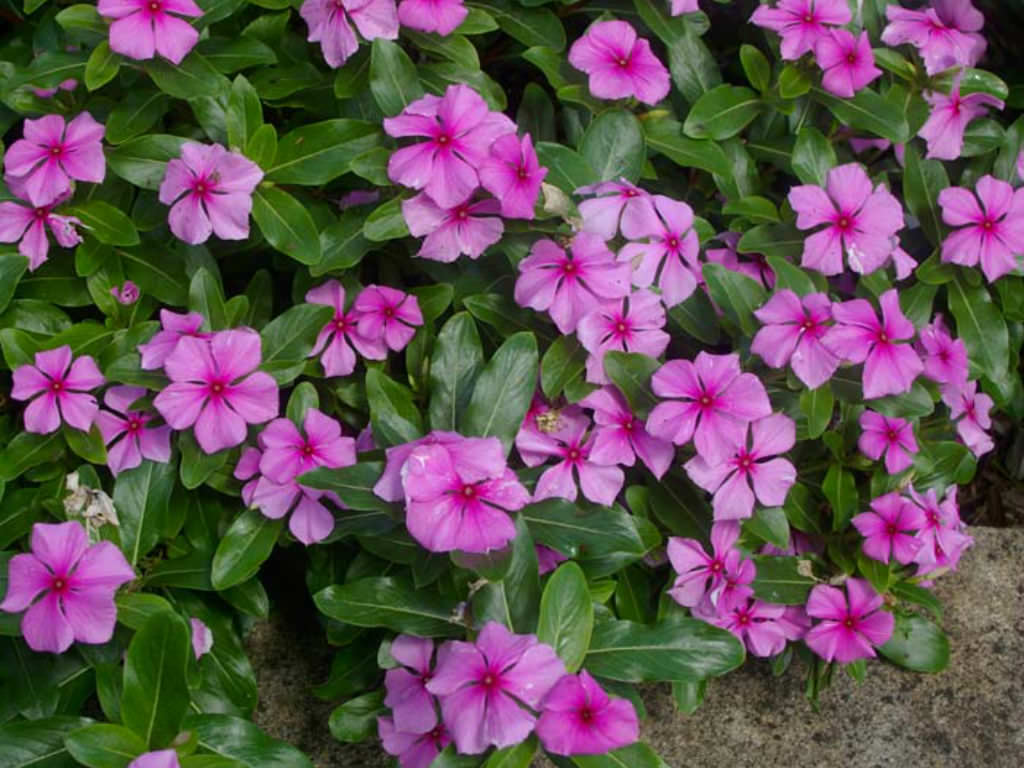
Catharanthus roseus (Madagascar Periwinkle) World of Flowering Plants
The Madagascar periwinkle is native to the island of Madagascar which has a tropical climate. It therefore requires a temperature of at least 68°F (20°C) to thrive and grow. When growing it directly in the ground, temperatures must be high in both summer and winter. Planting is done in spring.
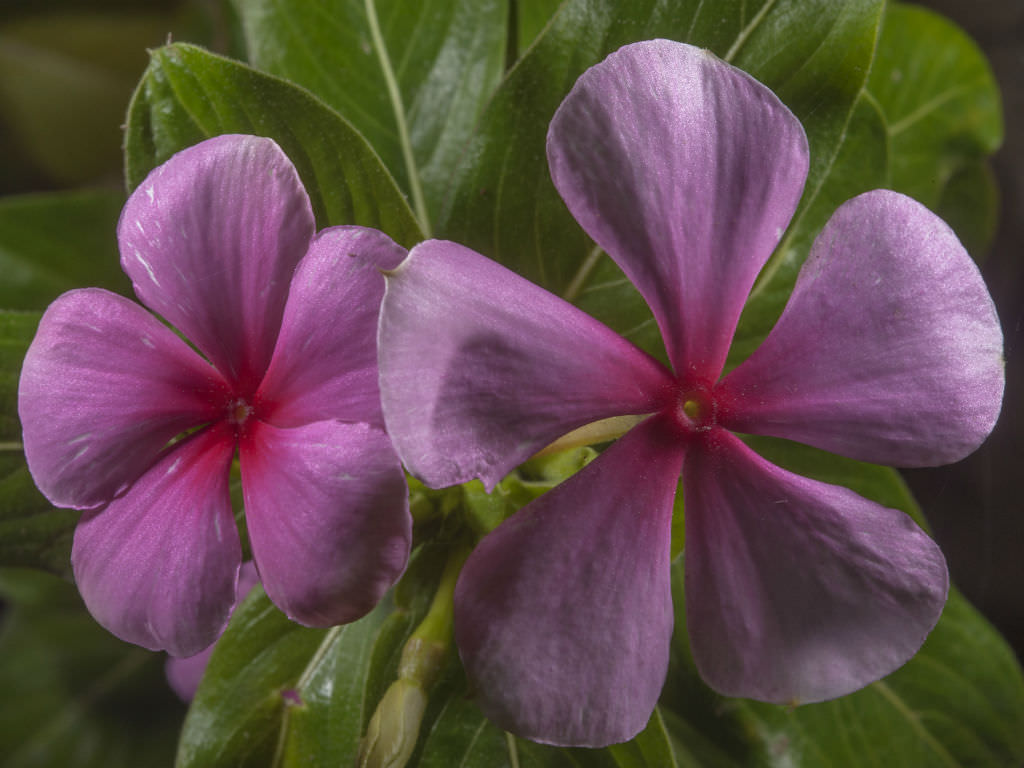
Catharanthus roseus (Madagascar Periwinkle) World of Flowering Plants
General Information Scientific name: Catharanthus roseus Pronunciation: kath-uh-RANTH-us ROE-zee-us Common name (s): periwinkle, vinca, Madagascar periwinkle Family: Apocynaceae Plant type: annual; perennial; herbaceous; ground cover USDA hardiness zones: 9B through 11 (Figure 4) Planting month for zone 7: Jun Planting month for zone 8: May; Jun

Catharanthus roseus Madagascar Periwinkle [4032 x 3024] Wallflower
Catharanthus roseus a.k.a Madagascar Periwinkle is an evergreen species of flowering plants in the Apocynaceae family. This lovely and colorful plant is commonly known by many names including the Madagascar Periwinkle, Bright Eyes, Graveyard Plant, Cape Periwinkle, Old Maid, and Pink or Rose Periwinkle.
/catharanthus_roseus40.jpg)
Factsheet Catharanthus roseus (Madagascar Periwinkle)
This is Catharanthus roseus or 'Madagascar periwinkle' of the Apocynaceae family. It is an evergreen subshrub or 'bush', with a small flower of five petals. This simple-looking plant boasts significant medicinal properties. C. roseus has reportedly been used for centuries by traditional Chinese medicine, to treat a whole range of ailments from.
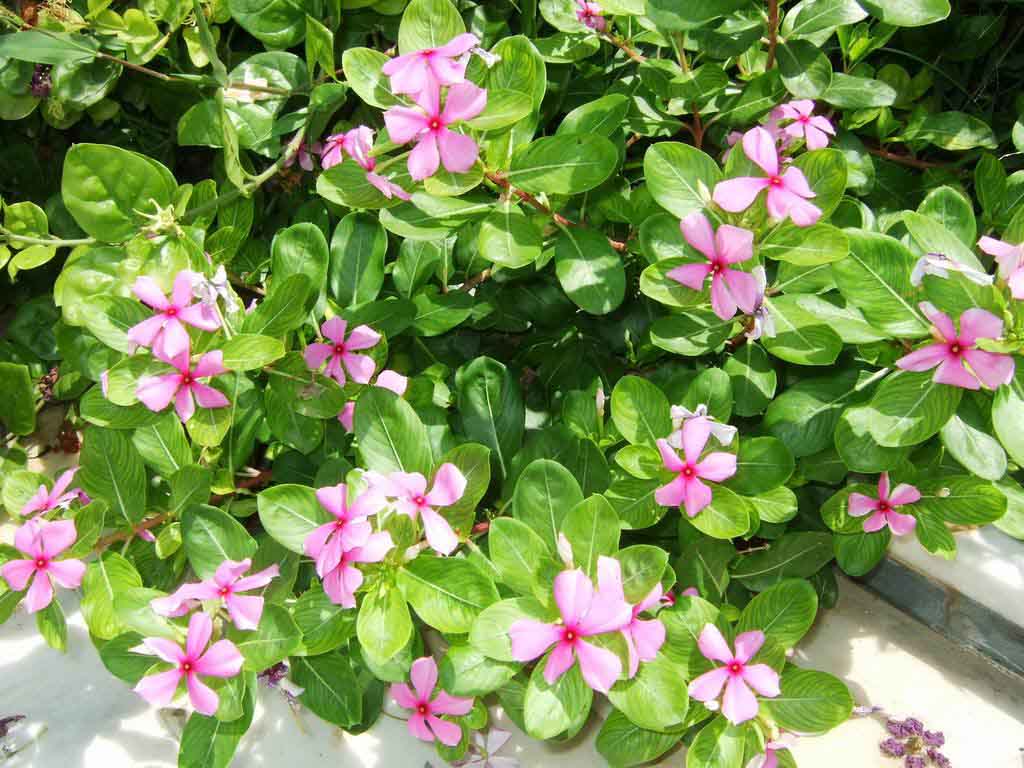
Catharanthus roseusMadagascar Periwinkle Nature, Cultural, and
Preferred Scientific Name Catharanthus roseus (L.) G. Don Preferred Common Name Madagascar periwinkle Other Scientific Names Ammocallis rosea (L.) Small Catharanthus roseus var. albus G. Don Catharanthus roseus var. roseus Hottonia littoralis Lour. Lachnea rosea (L.) Rchb. Lochnera rosea (L.) Rchb. Lochnera rosea var. alba (G. Don) Hubbard
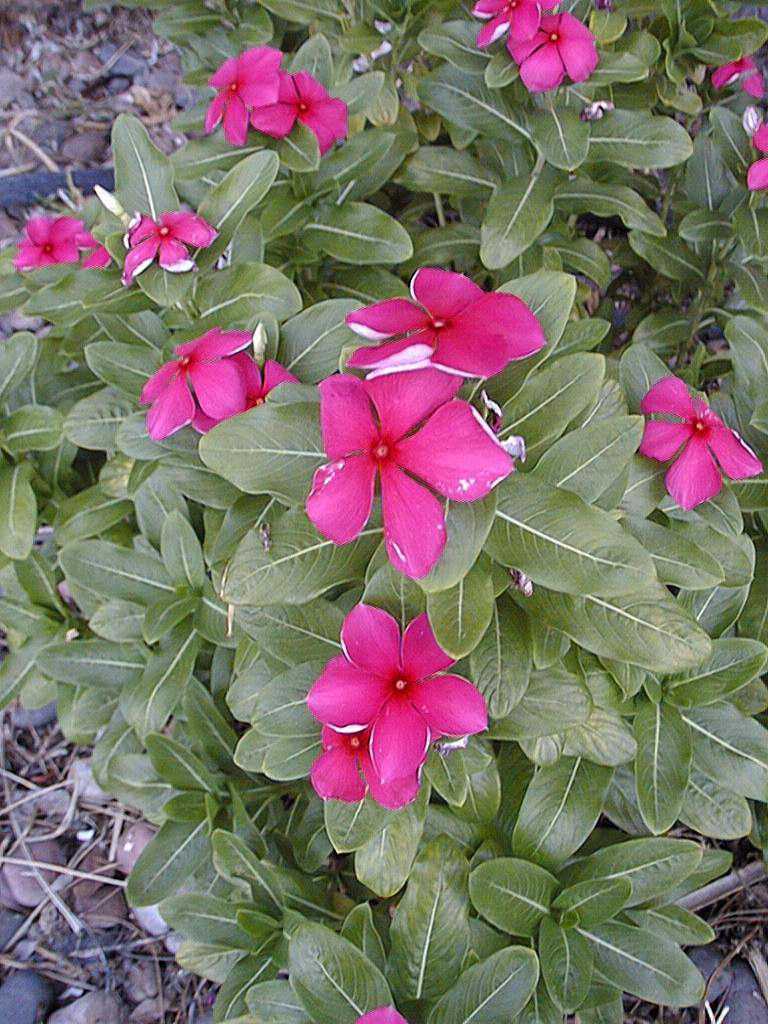
Vinca, Madagascar Periwinkle (Catharanthus roseus)
The Madagascar periwinkle is valued for both its beauty and its medicinal properties. Along with being grown as an ornamental, the plant is also vital in the production of anti-cancer medications. Originally only found on Madagascar, the Madagascar periwinkle is now widely naturalised in tropical and subtropical countries. Despite many of Madagascar's native species being under threat from.

Madagascar Periwinkle (Catharanthus roseus) S63 Road, Pafu… Flickr
Catharanthus roseus (Madagascar Periwinkle) Scientific name Catharanthus roseus (L.) G. Don. Synonyms Ammocallis rosea (L.) Small; Lochnera rosea (L.) Reichb.; Vinca rosea L. Common names Madagascar periwinkle, rosy periwinkle, bright-eyes, Cape periwinkle, old-maid, periwinkle, pink periwinkle, rose periwinkle, vinca. Family Apocynaceae Origin
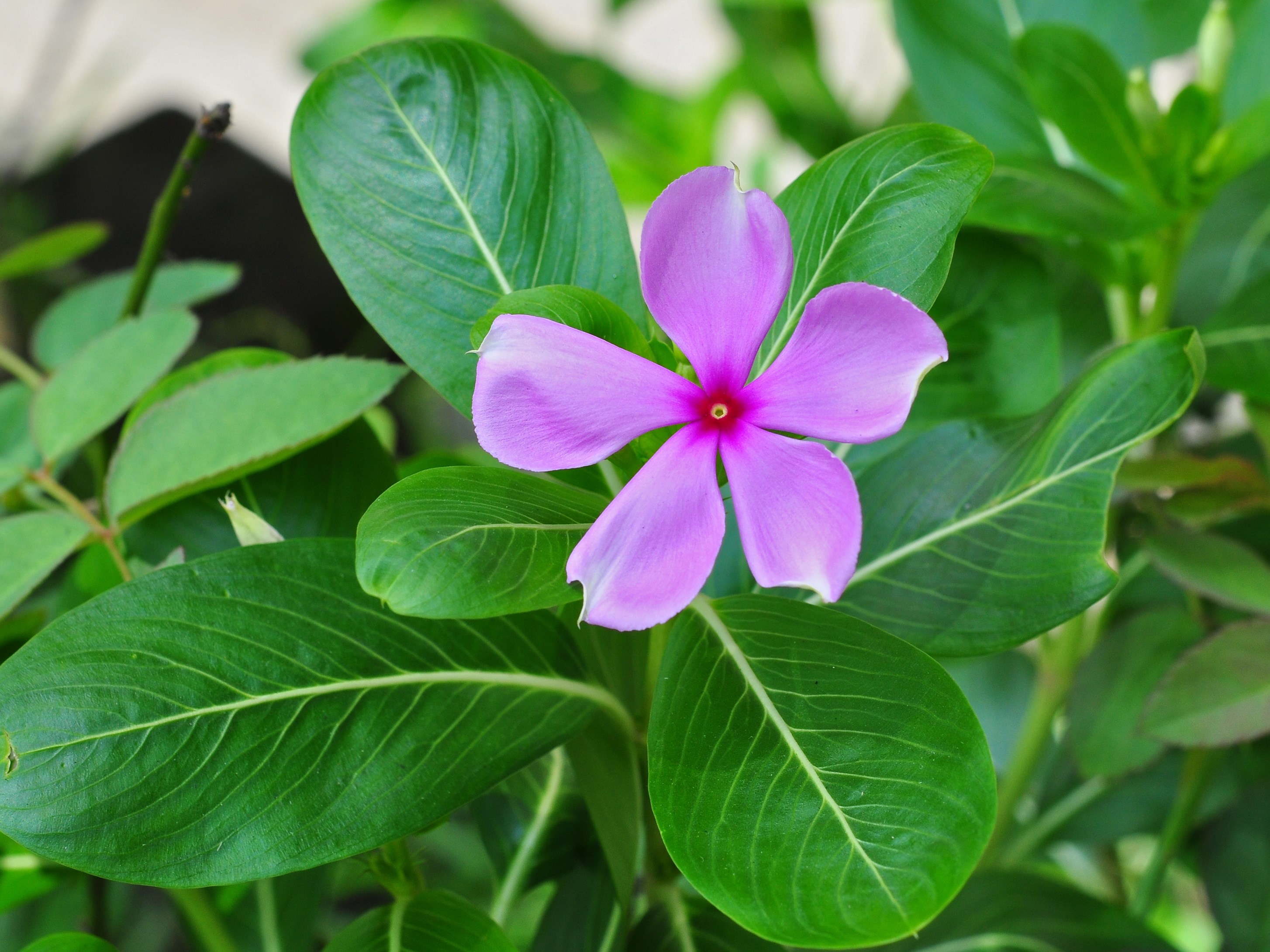
Catharanthus roseus Risk California Invasive Plant Council
Annual vinca ( Catharanthus roseus) is a tropical perennial that is grown as an annual in most regions. It has flowers and foliage that resemble impatiens, but rather than being a shade lover, annual vinca is a perfect choice for sunny locations.
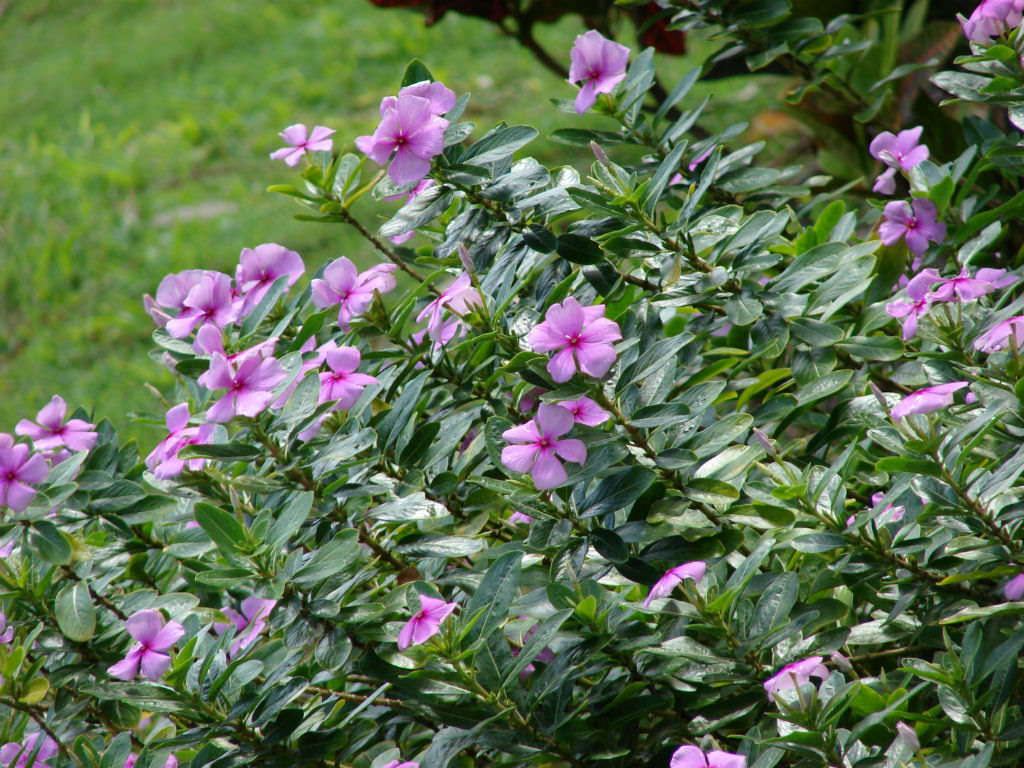
Catharanthus roseus Madagascar Periwinkle World of Flowering Plants
Catharanthus roseus, also known as Madagascar Periwinkle or Vinca, is a perennial plant often grown as an annual in colder climates. Growth habit: It has a bushy and compact growth habit and forms dense mounds of glossy, dark green leaves. Size: The plant generally grows to a height of 6-18 inches (15-45 cm) and spreads 6-18 inches (15-45 cm) wide.
/catharanthus_roseus9.jpg)
Factsheet Catharanthus roseus (Madagascar Periwinkle)
Catharanthus roseus, commonly known as the Madagascar periwinkle, rose periwinkle, or rosy periwinkle, is a species of flowering plant in the dogbane family Apocynaceae. It is native and endemic to Madagascar, but grown elsewhere as an ornamental and medicinal plant, a source of the drugs vincristine and vinblastine, used to treat cancer.
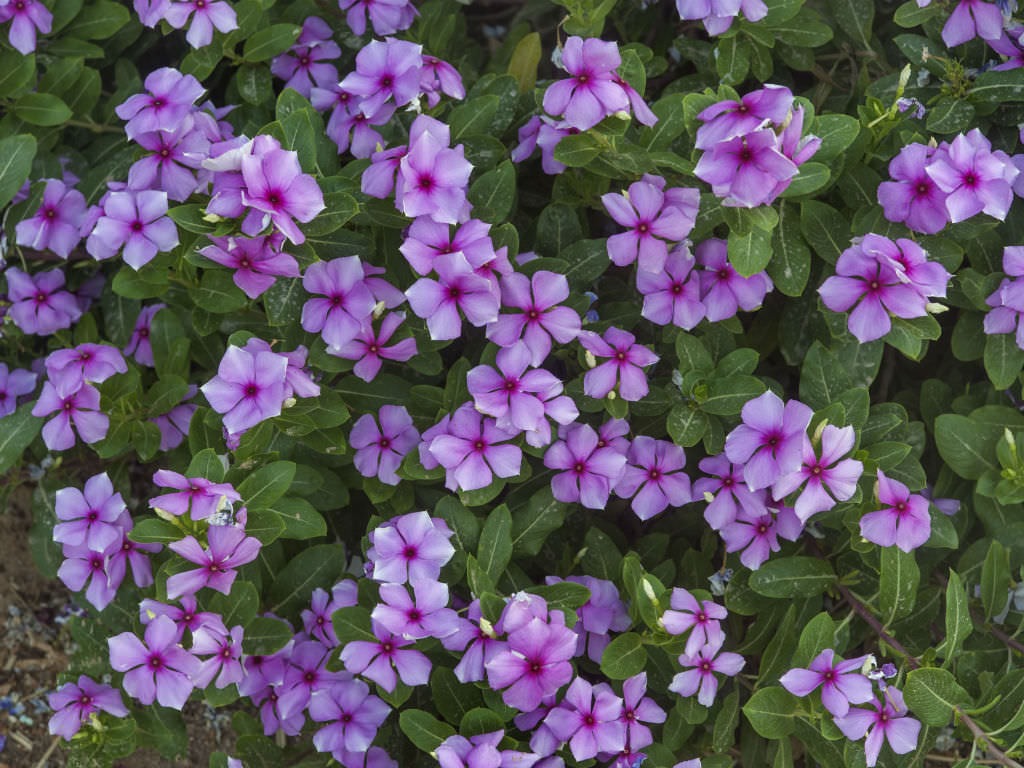
Catharanthus roseus Madagascar Periwinkle World of Flowering Plants
Catharanthus roseus is an evergreen subshrub or herbaceous plant that grows up to 3.3 feet (1 m) tall. Leaves are glossy green, hairless, with a pale midrib and an up to 0.7 inches (1.8 cm) long petiole. They are oval to oblong, up to 3.6 inches (9 cm) long and 2 inches (3.5 cm) wide, and arranged in opposite pairs.

Madagascar Periwinkle (Catharanthus roseus) Western Shores… Flickr
Catharanthus roseus, commonly known as bright eyes, Cape periwinkle, graveyard plant, Madagascar periwinkle, old maid, pink periwinkle, rose periwinkle, [2] is a perennial species of flowering plant in the family Apocynaceae.
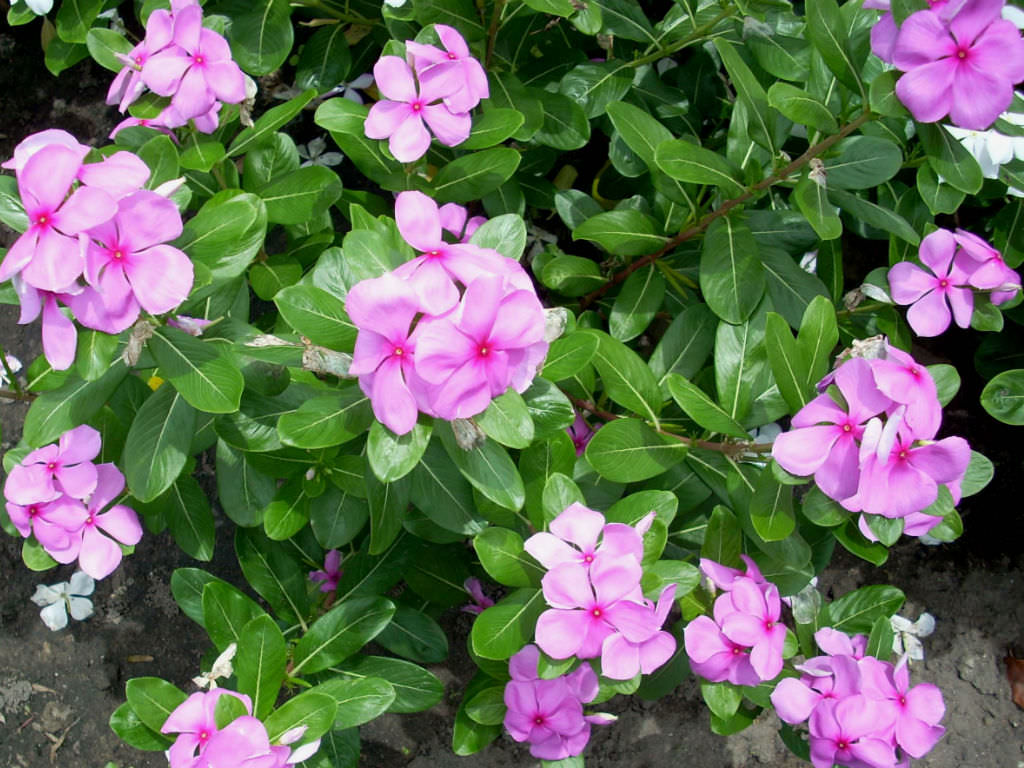
How to Grow and Care for Madagascar Periwinkle (Catharanthus roseus
The Madagascar periwinkle, Catharanthus roseus, belongs to the Apocynaceae family. This medicinal plant, endemic to Madagascar, produces many important drugs including the monoterpene indole alkaloids (MIA) vincristine and vinblastine used to treat cancer worldwide.
/catharanthus_roseus22.jpg)
Factsheet Catharanthus roseus (Madagascar Periwinkle)
Catharanthus roseus, also known as Madagascar Periwinkle, is a pretty blooming plant with delicate pink-white flowers that bloom throughout the summer, even under drought and low-water conditions. This perennial Madagascar native thrives in the summer heat of USDA plant hardiness zones 9 through 11 and does not tolerate frost.